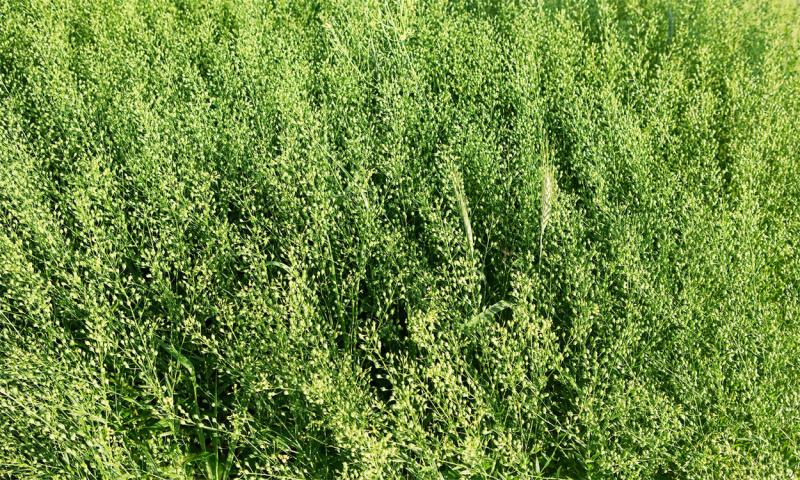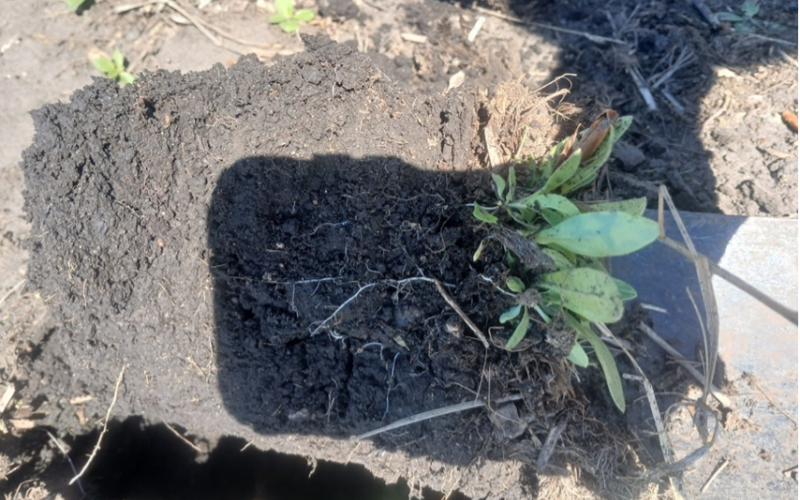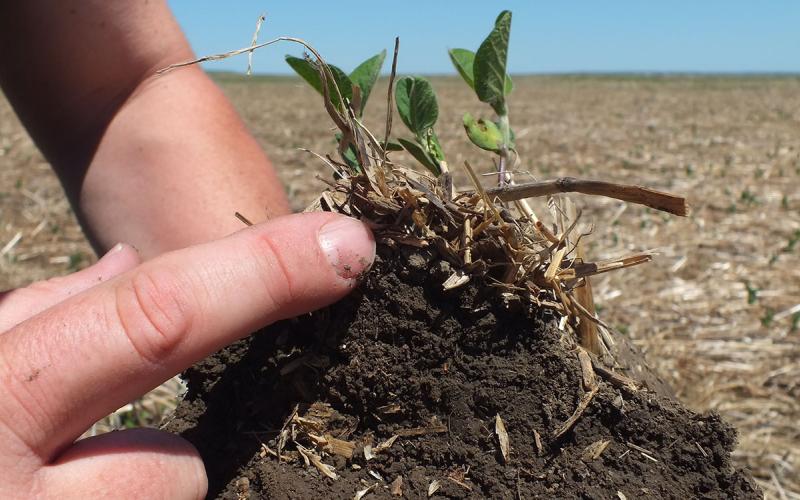Written with contributions by Thandiwe Nleya, Associate Professor - South Dakota State University, and Jennifer Walker, Walker Family Farms.
About Camelina
Camelina is a specialty crop with an intriguing upside. It has potential for use as a biofuel, and its favorable balance of Omega-3 fatty acids, antioxidants and other nutrients make it a good alternative as a cooking oil. Camelina meal, the product remaining after the oil has been extracted from the seed, typically contains 10 to 12% oil and 40% protein, which makes it a promising substitute to meet the growing need for aquaculture feeds and livestock rations.
Camelina has traditionally been grown as a spring-seeded, cool-season crop, with early April (when weather conditions allow) being the optimal time for sowing in South Dakota. It is generally a low-input crop, particularly for fertilizer. South Dakota State University (SDSU) research has shown that a minimum level of 30 to 40 lbs. N/a are recommended if expected yields are in the range of 1200 to 1500 lbs./a. Table 1 shows results from Nitrogen (N) fertilizer response trials conducted at two locations in South Dakota in 2015 and 2016. These results show camelina yields peaking at N levels of 25 to 50 lbs./a. Moreover, camelina has shown little response to other primary nutrients such as Phosphorus (P), Potassium (K) and Sulfur (S). However, further research is necessary across a broader range of soil nutrient levels.
| N Level (lbs./a.) |
Brookings 2015 (lbs./a.) |
Pierre 2015 (lbs./a.) |
Brookings 2016 (lbs./a.) |
Pierre 2016 (lbs./a.) |
|---|---|---|---|---|
| 0 | 996 b | 1059 a | 874 b | 416 c |
| 25 | 1197 a | 1203 a | 996 ab | 657 b |
| 50 | 1214 a | 1207 a | 1131 ab | 722 ab |
| 75 | 1248 a | 1247 a | 1174 ab | 770 a |
| 125 | 1299 a | 1244 a | 1334 a | 817 a |
| Mean | 1191 | 1192 | 1102 | 676 |
| LSD (0.05) | 146 | ns | 440 | 86 |
Walker Family Farms Project

In the semi-arid western portion of the state, camelina has potential value as a fall-seeded cover crop, providing flexibility in designing crop rotations for improving soil health and capturing valuable early-spring soil moisture in the northern Great Plains. Through the Farmer-Rancher Grant from the North Central Region of the U.S. Department of Agriculture (USDA) Sustainable Agriculture Research and Education program for 2020-2021, Jennifer Walker grew winter camelina on her farm in western South Dakota to demonstrate its feasibility and contribution to sustainable farming in the region. The 2020-2021 season was an unusually challenging one, due to exceptional drought, but the camelina crop performed well. Some observations from this project include:
- One of the more-immediate observations during this project was the value of this early crop to pollinators. The camelina was in full flower by mid-May, and large numbers of honeybees were present in the crop, while almost none were found in adjacent crops. Interestingly, surrounding crops including alfalfa and others were severely impacted by insects, such as alfalfa weevils and grasshoppers during the 2021 growing season, but these pests did not appear to affect the camelina.
- Full maturity was reached by the end of June. Camelina is not, however, an easy crop to harvest; its small seeds and easy head shattering lead to a large amount of yield loss. Improving harvest efficiency will be a focus of future efforts to work with camelina.
- After harvest, soil tests were conducted and compared with the winter wheat crop. Nitrogen use by the camelina was much lower than by the wheat. The post-harvest soil test showed residual nitrate-N was 9.1 ppm N on the camelina and 4.5 ppm N on the winter wheat.
To learn more about winter camelina, as well as the details and results of this project, please visit the Walker Family Farms website.


